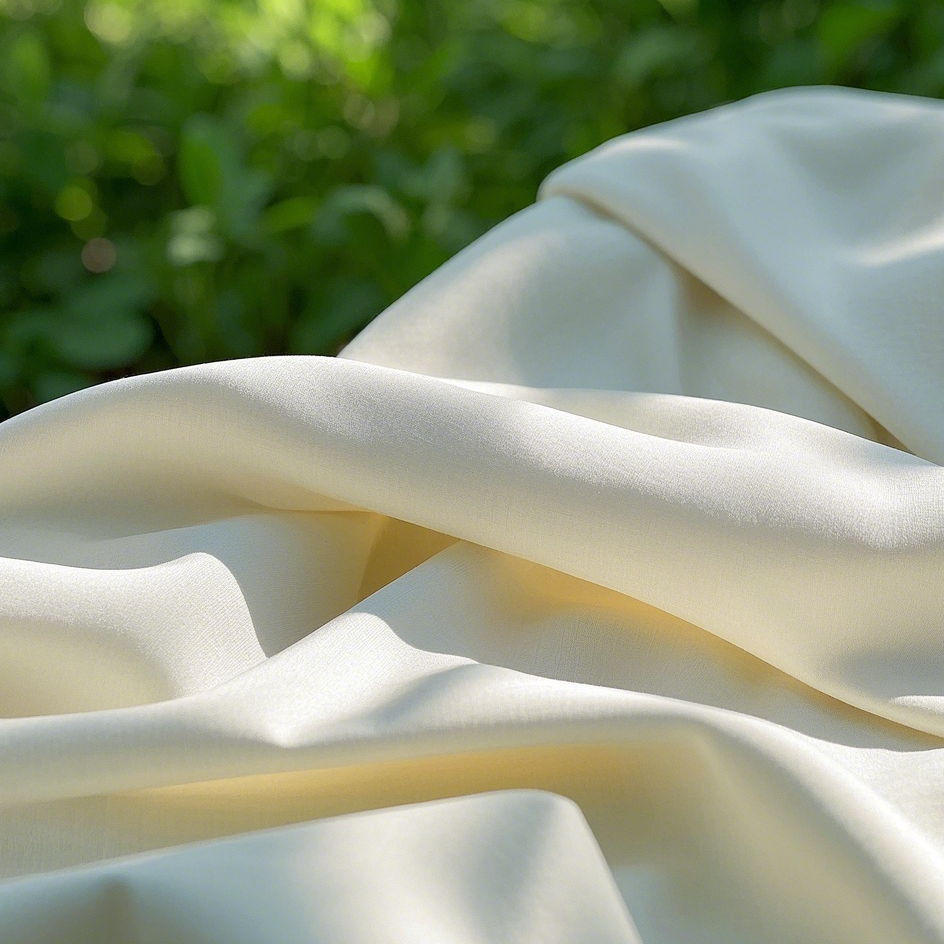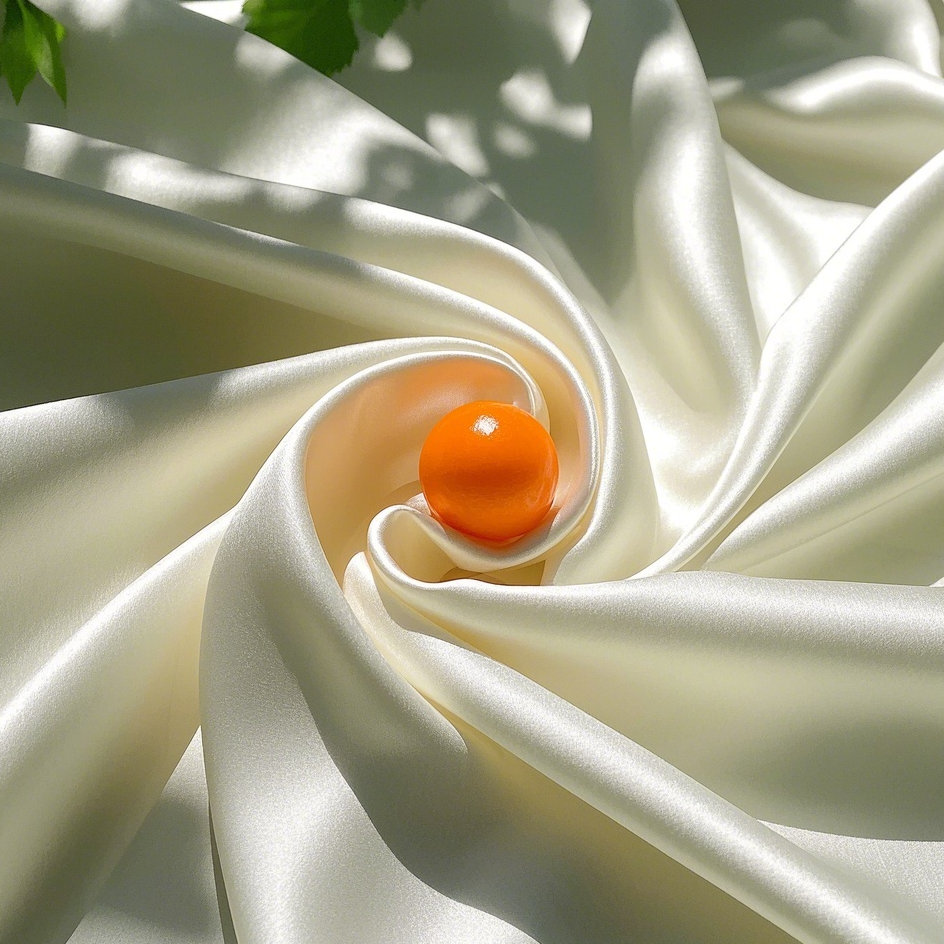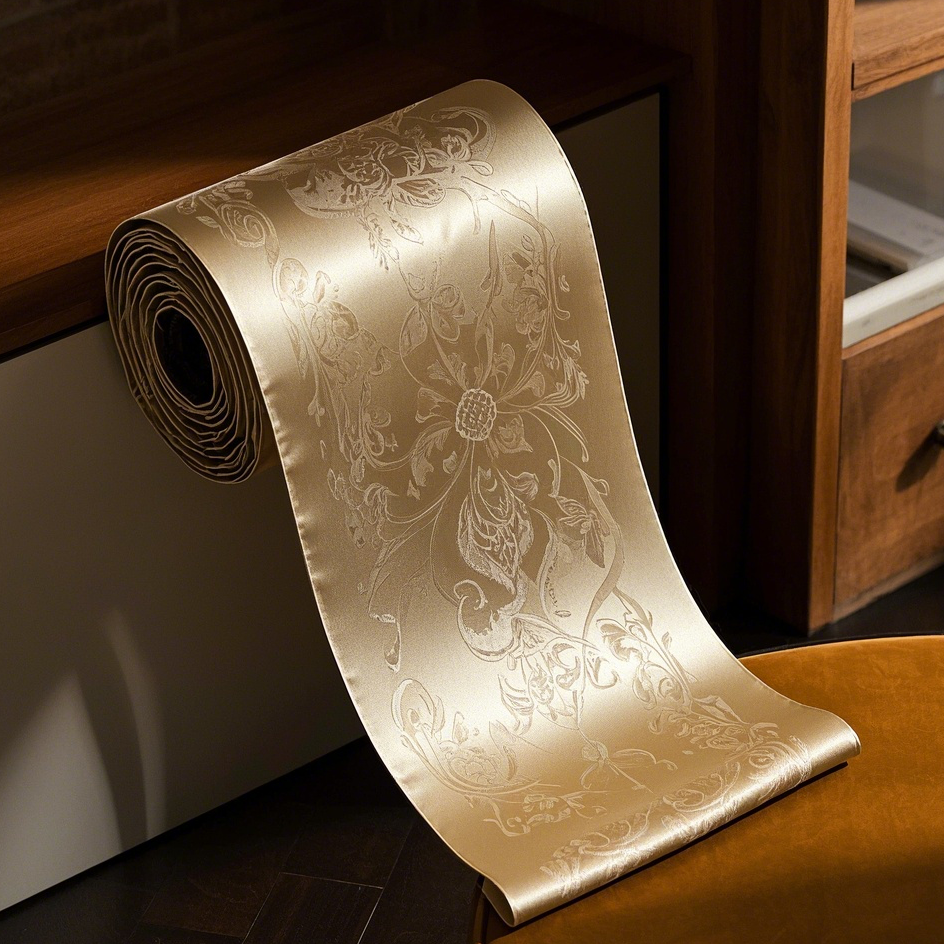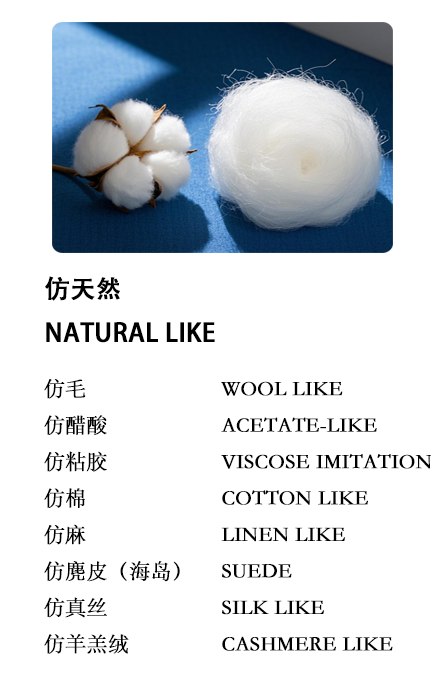Recycled chemical fiber cloth

Recycled chemical fiber cloth
Explore high-end textile technology and define the aesthetics of quality life. From natural fibers to innovative synthetic materials, from basic grey fabrics to intelligent functional fabrics, we use rigorous craftsmanship and cutting-edge technology to create a diversified product matrix covering clothing, home textiles, technical fabrics and other fields. Committed to the future of green textiles, we have set up a special environmental protection zone to display sustainable materials such as organic cotton and recycled polyester, and empower your brand with social responsibility value through a circular economy model. Cloth products are rich and diverse, covering pongee, oxford cloth, Shumei silk and so on. Pongee has a light texture, soft feel, and good waterproof and windproof performance, and is widely used in all kinds of outdoor clothing and umbrella making. Oxford cloth is known for its durability, clear texture, abrasion and wrinkle resistance, making it an ideal choice for bags, tents, and car covers. Shumei silk has a soft luster, good drape, and delicate fabrics, and is often used to make high-end clothing, curtains and bedspreads for home textiles.
Bags Umbrella Curtain



Previous:
Recycled polyester
Next:
Fashion Clothes












 电话:0558-4148866
电话:0558-4148866
 邮箱:ir@yyfiber.com.cn
邮箱:ir@yyfiber.com.cn
 地址:安徽省阜阳市颍上县慎城镇经济开发区管鲍路北侧分金路东侧
地址:安徽省阜阳市颍上县慎城镇经济开发区管鲍路北侧分金路东侧